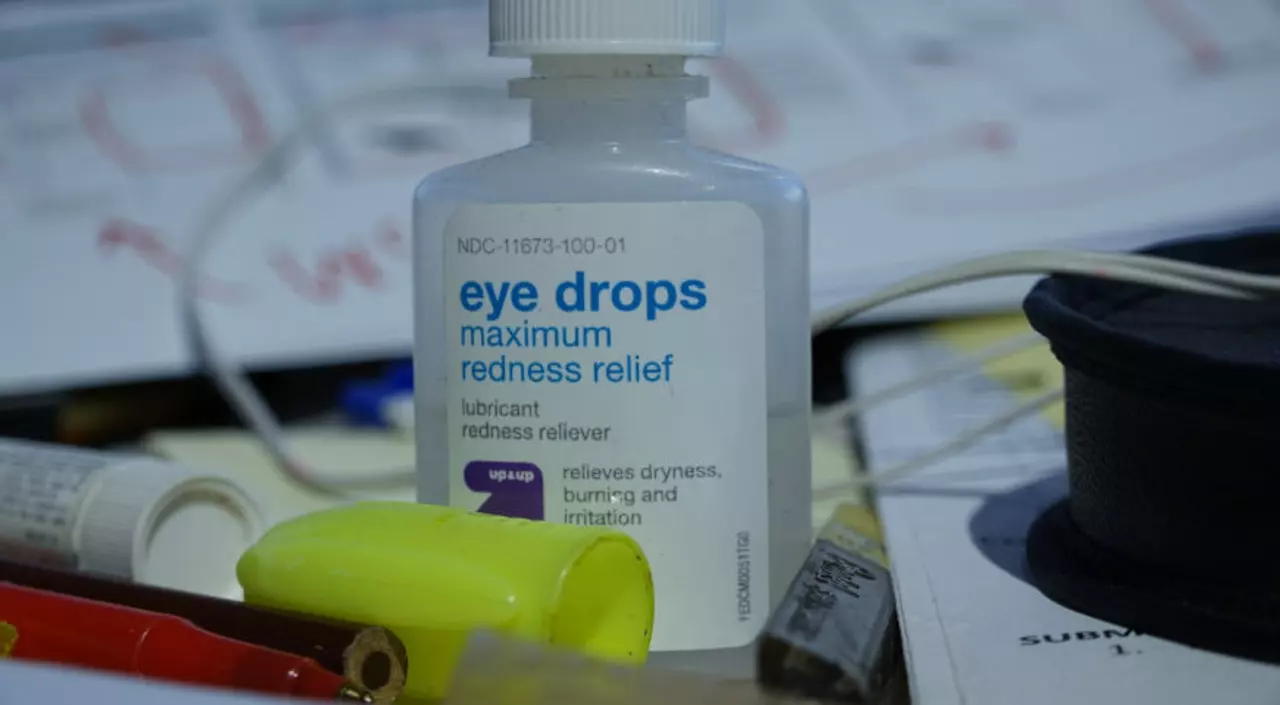Brimonidine Tartrate: Uses, How to Use, Side Effects
Brimonidine tartrate is a medicine you’ll most often see as eye drops for glaucoma or as a topical gel for facial redness from rosacea. It helps lower pressure inside the eye or temporarily reduces facial redness by tightening blood vessels. Knowing how to use it and what to watch for makes it work better and keeps you safer.
What it treats and how it works
As eye drops (brands like Alphagan), brimonidine lowers intraocular pressure by reducing fluid production and increasing fluid outflow in the eye. That helps slow damage from glaucoma or high eye pressure. As a gel (brand example: Mirvaso), brimonidine constricts tiny blood vessels in the skin to reduce flushing and redness from rosacea. Both forms share the active ingredient called brimonidine tartrate, but they’re used differently and should not be swapped without medical advice.
How to use brimonidine drops and gel
For eye drops: wash your hands, tilt your head back, pull down the lower lid, and put one drop into the pocket formed by the lid. Close your eye gently and press the inner corner for 30–60 seconds to reduce swallowing the drug. Wait about 5 minutes before using another eye drop medicine. Don’t touch the bottle tip to your eye or skin. If you wear contact lenses, remove them before putting drops in and wait at least 15 minutes to reinsert them unless your product label says otherwise.
For topical gel: apply a pea-sized amount to clean, dry skin once daily, usually in the morning. Spread it over the areas with redness and let it dry. Avoid using other facial products directly on top for a few minutes. Don’t apply to broken or irritated skin.
Follow your doctor’s instructions for dose and schedule. Typical eye-drop schedules are twice daily, while topical gel is often once daily. If you miss a dose, take it when you remember unless it’s nearly time for the next dose—don’t double up.
Keep the bottle capped and store at the temperature listed on the label. Throw away opened bottles after the recommended period (often 4 weeks for some ophthalmic products) to avoid contamination.
Common side effects & precautions
Eye-drop side effects can include dry mouth, tiredness, redness or itching of the eyes, and slow heartbeat in rare cases. Topical gel may cause burning, worsening redness, or flushing in some people. If you feel very sleepy, dizzy, or notice breathing problems, stop and contact your doctor.
Tell your doctor about other medicines you take—certain antidepressants, blood pressure drugs, or MAO inhibitors can interact. Also mention heart or blood vessel problems, depression, or if you care for young children—some products aren’t suitable for very young kids.
Questions for your pharmacist or doctor: can you use brimonidine with your other eye meds? How long before you can drive? What should you do if redness returns after using the gel? Ask before mixing treatments.
Brimonidine tartrate works well when used correctly. If anything feels off or side effects are bothersome, call your healthcare provider. Simple precautions make it safe and effective for most people.
Brimonidine tartrate can cause some common side effects, but don't worry, I've got some tips to manage and prevent them. First, to avoid eye irritation, make sure your hands are clean before applying the eye drops and avoid touching the dropper tip to your eye or any surface. Second, if you experience drowsiness or dizziness, avoid driving or operating heavy machinery until you feel better. Third, if dry mouth occurs, try chewing sugar-free gum or sipping water to improve saliva flow. Lastly, if you notice skin reactions, speak with your doctor about the possibility of using a different medication or adjusting the dosage.

